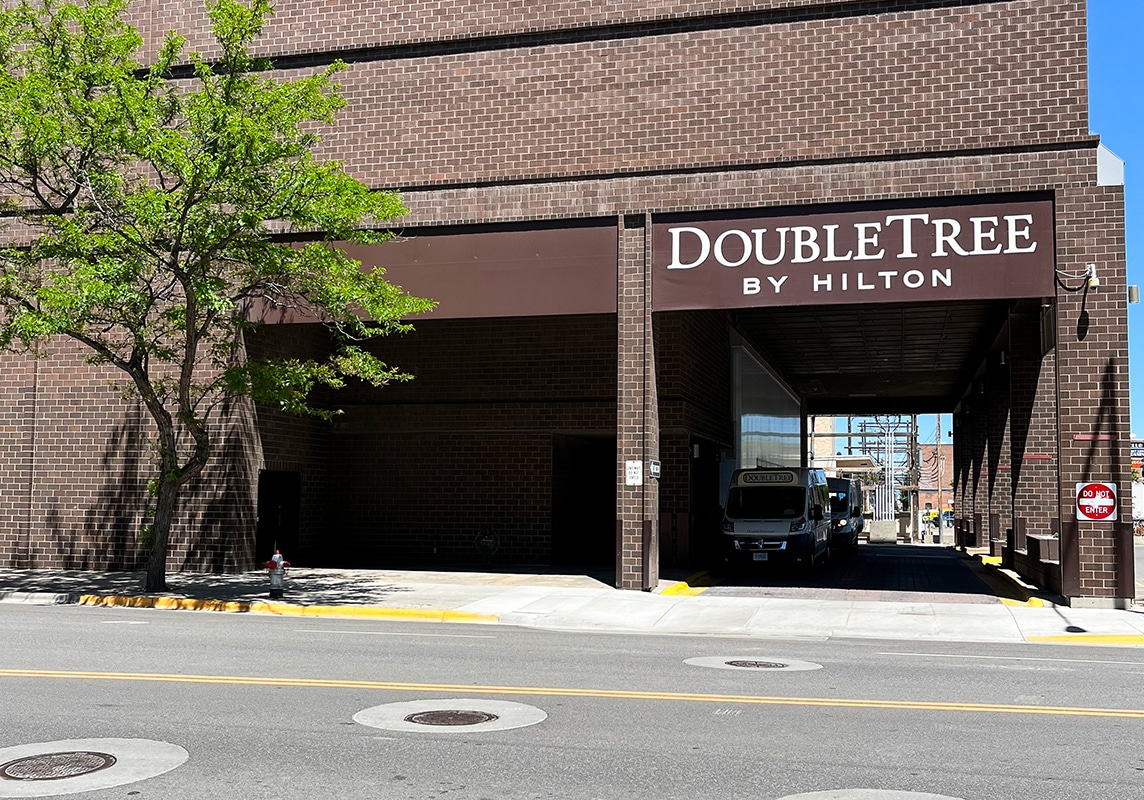
City of Billings 2023 Sewer Main Replacement
Modern Solutions for Aging Infrastructure
Each year, to address issues caused by aging sewer infrastructure, the City of Billings completes an array of sewer rehab projects throughout the city, prioritizing areas with the most urgent problems.
In 2023, the city hired Morrison-Maierle to design a $3.6M project in six work zones. Morrison-Maierle upgraded sewer infrastructure spread across a wide area in diverse conditions, including the busy downtown area, the commercial district, a superfund site, railroad crossings, and residential zones.
As indicated by the brick in place in the original sewer maintenance holes, much of the city’s infrastructure is aging, with some areas 100 years. As a result, the city deals with frequent maintenance issues, including root intrusion, sewage backup problems, and flat sewers or pipes that do not meet minimum grade requirements.
Morrison-Maierle collaborated with the City of Billings to design a solution that fixed infrastructure issues cost-effectively with minimal disruptions to services for the city’s businesses and residents.
-
Construction contract administration
-
Design
-
Permitting
-
Survey


Minimizing Service Disruptions
The entire plan centered around minimizing disruptions for the general public. This included using strategies to reduce noise and scheduling work outside peak use times, which differed for commercial and residential areas. In many instances, crews worked overnight to avoid disruptions during business hours. We also tried to give both business and residential clients as much notice as possible so that they understood when their service would be affected and used QR codes, fliers, website announcements, and social media updates to communicate with the public during design and construction.
As with most sewer rehab projects, the team needed bypass pumps to keep service intact during the upgrades, including in the busy downtown areas. With this technique, the contractor plugs a manhole upstream and then uses a hose so that sewage can go around the area under construction. This project was unique in that the bypass pumping crossed North 27th Street in Billings, one of the city’s busiest roads. To navigate this crossing, the bypass pumping used a series of four ramps to pump through during construction, so traffic was minimally impacted.
Because the project involved a large hotel, we used a separate bypass pump just for that hotel. Although hotel staff initially expressed concern about the noise and disruption, in the end, and with ample warning and communication, the pump’s volume never exceeded 70 decibels (similar to the sound levels of a washing machine or average office environment).
Strategic, proactive, and frequent communication helped make this project a success, and we will carry these lessons forward for future projects. We also communicated with those directly impacted and to those just outside and near project locations in case project work affects them as well.


Reducing Costs Through Flexible Design
Because we were working with infrastructure initially installed 100 years ago, we planned for many unknowns. While we had a rough idea of what might be in place, we often found that the records contained inaccurate or outdated information. We saved time and money during design by anticipating that we may need to pivot at any point during the project.
One of the project’s main goals is to reduce long-term maintenance costs. With that in mind, we focused first on areas most needing repairs while factoring in recent and planned road maintenance to coordinate the dual efforts. We first divided the project into six distinct zones and presented the options to the city. We also provided alternative options so that we could adjust and maximize without exceeding the city’s budget.
We arranged the project schedule to avoid working in recently constructed areas. Collaborating with the city, the team coordinated with other projects (like sidewalk repairs and street maintenance) to stack items together and ultimately cause less disruption.
Learn more about CIPP design.